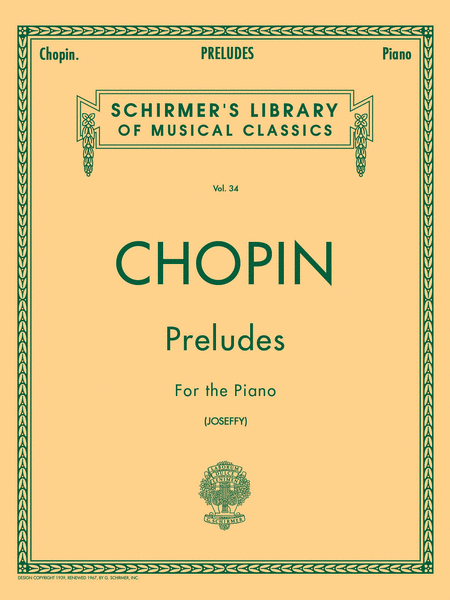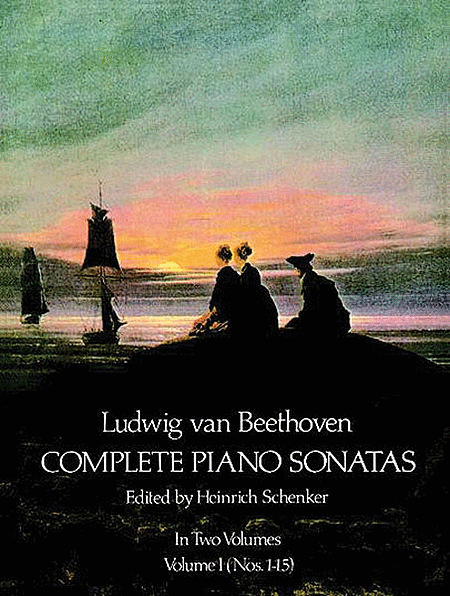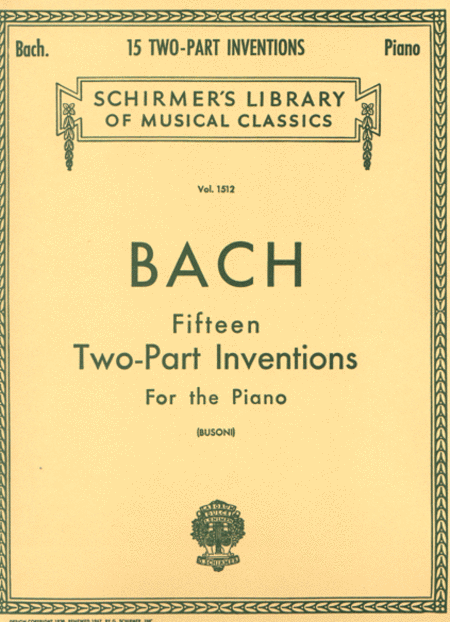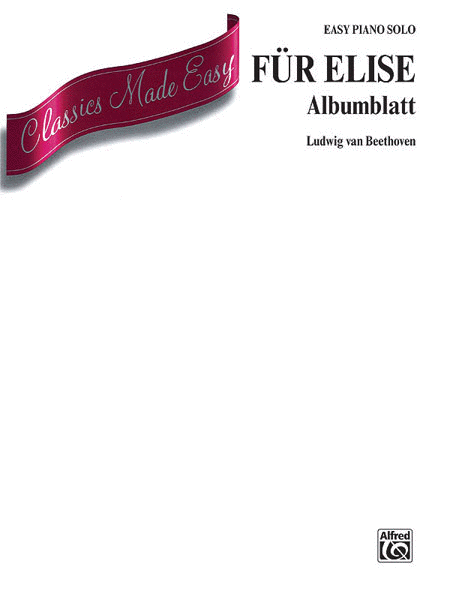Jakob Ludwig Felix Mendelssohn Bartholdy (1809 –
1847), born and widely known as Felix Mendelssohn, was
a German composer, pianist, organist and conductor of
the early romantic period. Mendelssohn wrote
symphonies, concertos, oratorios, piano music and
chamber music. His best-known works include his
Overture and incidental music for A Midsummer Night's
Dream, the Italian Symphony, the Scottish Symphony, the
overture The Hebrides, his mature Violin Concerto, and
his String Octet. His Songs With...(+)
Jakob Ludwig Felix Mendelssohn Bartholdy (1809 –
1847), born and widely known as Felix Mendelssohn, was
a German composer, pianist, organist and conductor of
the early romantic period. Mendelssohn wrote
symphonies, concertos, oratorios, piano music and
chamber music. His best-known works include his
Overture and incidental music for A Midsummer Night's
Dream, the Italian Symphony, the Scottish Symphony, the
overture The Hebrides, his mature Violin Concerto, and
his String Octet. His Songs Without Words are his most
famous solo piano compositions. After a long period of
relative denigration due to changing musical tastes and
antisemitism in the late 19th and early 20th centuries,
his creative originality has been re-evaluated. He is
now among the most popular composers of the romantic
era.
Mendelssohn enjoyed early success in Germany, and
revived interest in the music of Johann Sebastian Bach,
notably with his performance of the St Matthew Passion
in 1829. He became well received in his travels
throughout Europe as a composer, conductor and soloist;
his ten visits to Britain – during which many of his
major works were premiered – form an important part
of his adult career. His essentially conservative
musical tastes set him apart from more adventurous
musical contemporaries such as Franz Liszt, Richard
Wagner, Charles-Valentin Alkan and Hector Berlioz. The
Leipzig Conservatoire, which he founded, became a
bastion of this anti-radical outlook.
He was not a newcomer to the piano miniature when he
published his Lieder ohne Worte, Op. 30, in 1835. In
addition to a number of other short works for solo
piano bearing various generic titles, Mendelssohn had
composed one earlier set of six lyrical piano character
pieces (Op. 19) which were first published by London's
premier music publisher Novello in 1832 under the title
"Original Melodies" (and a few months later in Berlin
by Simrock under the title "Romanzen für's
Pianoforte"), and which became immediately popular in
Europe's salon culture. Opus 30 was the first group of
Mendelssohn's piano character pieces to be published
with the original title Lieder ohne Worte, a
designation that raises tantalizing aesthetic issues by
presuming to cross the line between absolute and
program music and suggesting the frustration of generic
expectations.
The contrapuntal textures, simple, lyrical melodies,
and elaborations of Classical phrase structures and
forms in the Op. 30 Songs without Words reveal
Mendelssohn's musical upbringing in the great Classical
traditions. The inner voices in Op. 30, No. 1 combine
in a single strand of gentle arpeggio figuration
between the harmonic foundation of the bass and the
lyrical tune. Like No. 1, the second piece in the set
is also a variation of the ternary form idea. The
classically balanced antecedent-consequent period that
begins the piece modulates from B flat minor to the
relative major (D flat major), foreshadowing the
large-scale tonal progression from B flat minor to B
flat major over the course of the piece. In Op. 30, No.
3, the identical introduction and coda feature delicate
arpeggios and bookend an unassuming modified ternary
form movement. The repose of this piece is broken by
the minor mode and ceaseless sixteenth notes of Op. 30,
No. 4. Indeed, although the opening phrase of this
piece begins as a classic antecedent phrase, the
following phrase cannot find rest in its tortuous
extensions and cadential evasions, and modulates to the
relative major key. By including an A section in which
two themes are introduced and a brief developmental B
section before the modified reprise of the A section,
Mendelssohn combines elements of ternary and sonata
forms. The D major tonality of Op. 30, No. 5 links it
to the preceding piece. Filigree thirty-second notes
buzz beneath the melody. Mendelssohn entitled Op. 30,
No. 6 "Venetianisches Gondellied," as he had Op. 19,
No. 6 and as he would Op. 62, No. 5 in 1844. Although
in his earlier and later Venetian gondola "songs" the
6/8 meter functions as a straightforward indicator of
the genre, in Op. 30, No. 6, Mendelssohn frustrates
generic expectations through metric ambiguity. The
accentuating chords in the eighth-note accompaniment
blur the line between 6/8 and 3/4 time. Additionally,
the right-hand melody, which, in the A-section,
studiously avoids the tonic pitch, floats incongruently
over the metric confusion of the accompaniment. In the
coda, ponderous chordal syncopations in the right hand
exaggerate the metric conflict, temporarily subverting
any clear sense of meter.
Source: AllMusic
(https://www.allmusic.com/composition/songs-without-wor
ds-6-for-piano-book-2-op-30-mc0002393370 ).
Although originally composed for Piano, I created this
Transcription of the "Andante Grazioso" from "Lieder
ohne Worte" (Op. 30 No. 5) for Piano.









